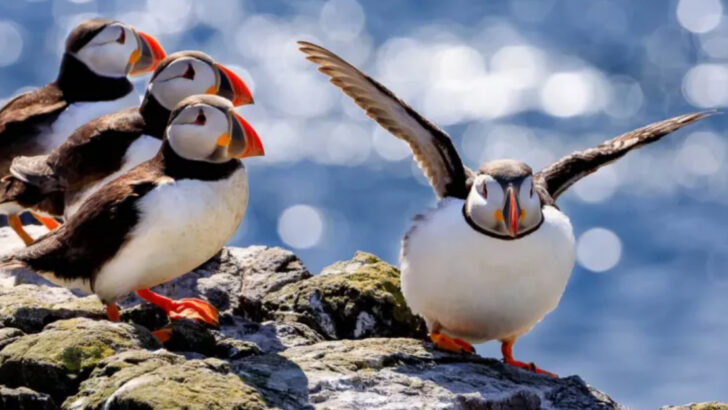They know their own kind — instantly. While we’re fumbling through birdwatching apps and guessing at species, birds have it all figured out. They can spot family, foes, and even lifelong mates in a flash. From tiny flicks of feathers to calls only they can hear, birds have developed wild and wonderful ways to recognize each other. Some of it’s sweet. Some of it’s strange. All of it is impressive. And they never miss the signs. While humans rely on clothes, faces, and names, birds tune into nature’s private code — a secret language of color, sound, and movement. Let’s open the window into their world. Here are the surprising signals birds use to say: “You’re one of us.”
Color Patterns

Birds often rely on vivid color patterns to distinguish their own species. For instance, the bright red feathers of a cardinal are unmistakable in a green forest backdrop. Such striking hues serve as visual beacons, ensuring they stand out to fellow cardinals.
These colors are not just for show; they play a crucial role during mating seasons. When a cardinal spots another with the same vivid plumage, it recognizes a potential mate or ally.
This visual cue helps maintain social structures, ensuring that cardinals stick with their kind in densely populated avian communities.
Unique Calls
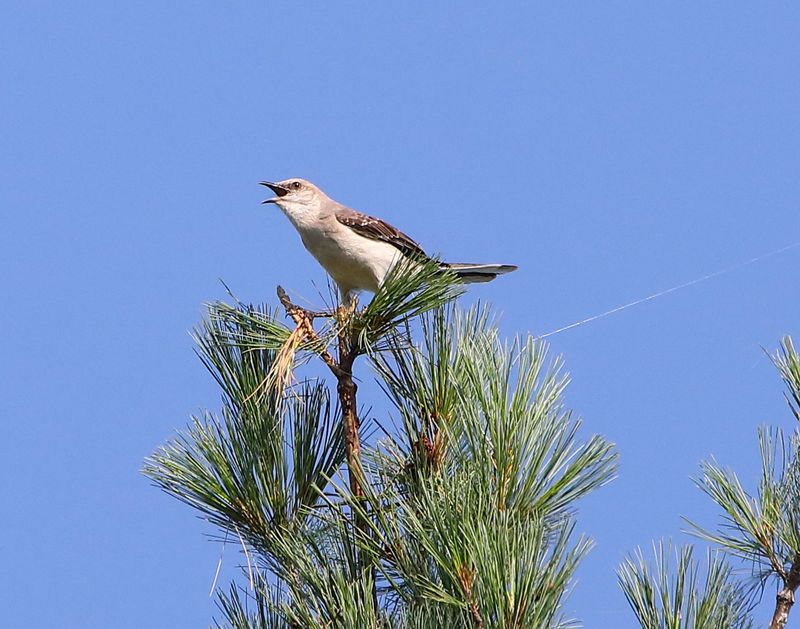
Bird songs are their unique signatures in the avian world. The mockingbird, renowned for its vocal versatility, can produce an array of sounds and even mimic other species.
These calls serve as identity markers, ensuring that birds can find their flock or attract mates. Each song is a carefully crafted tune, passed down through generations, carrying the legacy of its kind.
In crowded habitats, such melodies cut through the noise, resonating with fellow mockingbirds who recognize the familiar notes. Thus, sound becomes a powerful tool for maintaining community bonds.
Flight Patterns
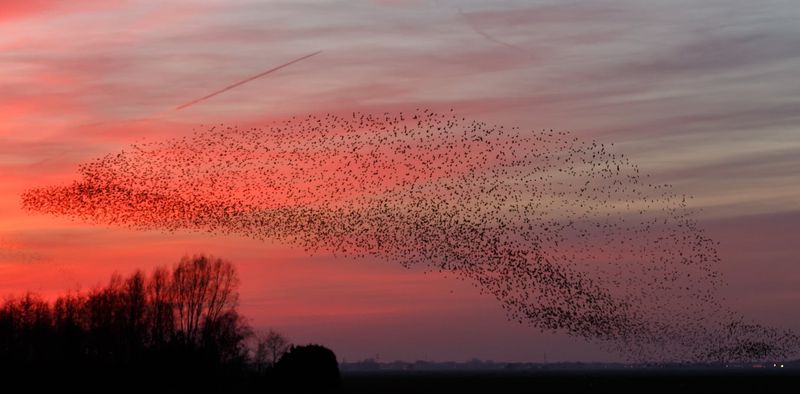
One of the most mesmerizing sights is a murmuration of starlings. Their synchronized flight patterns create a visual spectacle in the sky, drawing admiration from all who witness it.
These patterns are not just random; they are intricate displays of unity and coordination. Each starling follows the movement of its neighbors in perfect harmony.
Such aerial choreography allows them to recognize each other and avoid predators. The swirling flocks form shapes that are both protective and communicative, ensuring that they can identify their own amidst the vast skies.
Habitat Choice

Puffins are known for their preference for rugged coastal cliffs. Their choice of habitat is a significant identifier, as only certain bird species can thrive in such environments.
These locations are teeming with life, providing ample food and nesting opportunities. By selecting these habitats, puffins ensure they are surrounded by their kin.
The specific environmental factors of these regions act as natural filters, allowing only puffins and a few other specialized birds to succeed. This distinct habitat choice is a natural marker, aiding puffins in recognizing their own.
Nesting Behavior
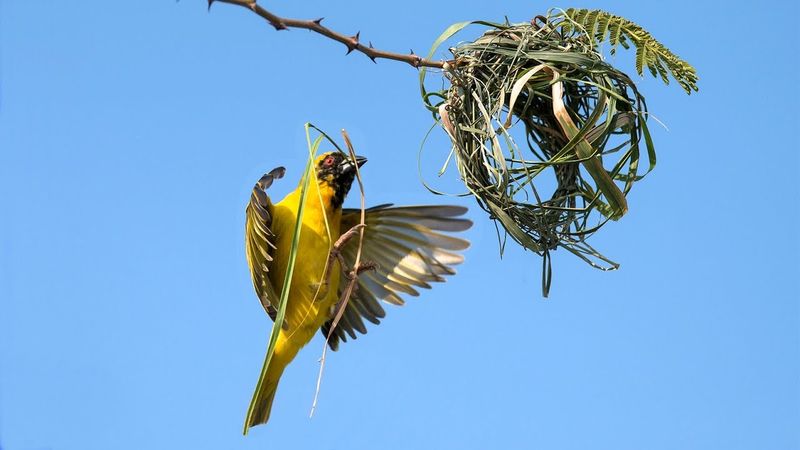
The intricate nests of weaver birds are a testament to their unique building skills. These nests, woven from grass and twigs, hang elegantly from tree branches.
Such craftsmanship is not just functional; it’s a symbol of identity. Each weaver bird species constructs its nest in a distinctive style, allowing easy recognition among peers.
This architectural flair ensures that their homes stand out, acting as beacons to attract mates and communicate territorial claims. The nests themselves tell the story of their builders, a subtle yet powerful form of identification.
Diet Preferences

Toucans, with their iconic beaks, have diet preferences that are unmistakably theirs. These birds thrive in tropical jungles, feasting predominantly on fruits.
Their dietary habits are a key factor in species identification. By observing what and how a bird eats, others can recognize if it belongs to their group.
These preferences ensure that toucans find the right companions in their lush habitats. The colorful beak not only aids in fruit selection but also serves as a visual signal to other toucans, marking them as part of the same family.
Courtship Rituals
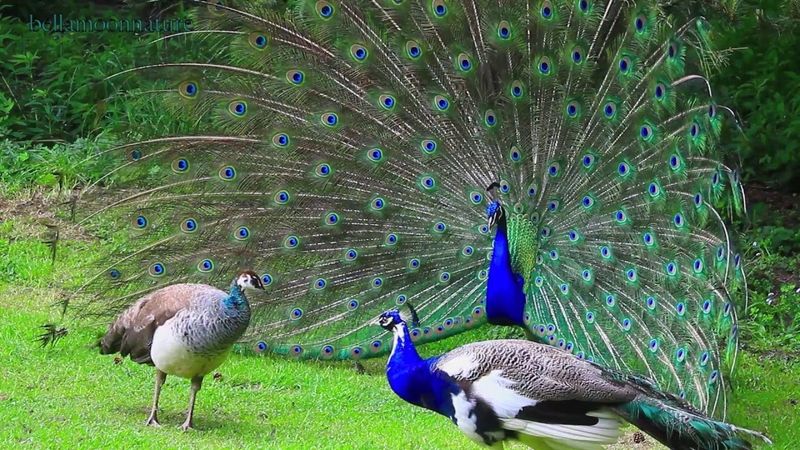
The peacock’s courtship ritual is a dazzling display of feathers and flair. With an extravagant fan of iridescent feathers, the male peacock performs a dance that captivates onlookers.
Such rituals are more than just mating displays; they are vital identifiers of species. Each movement, each feather shimmer, is a cue for potential mates.
This performance helps distinguish peacocks from other birds, ensuring their unique identity is preserved. The allure of these dances is unmatched, making them a cornerstone of peacock social interaction and identification.
Seasonal Migration
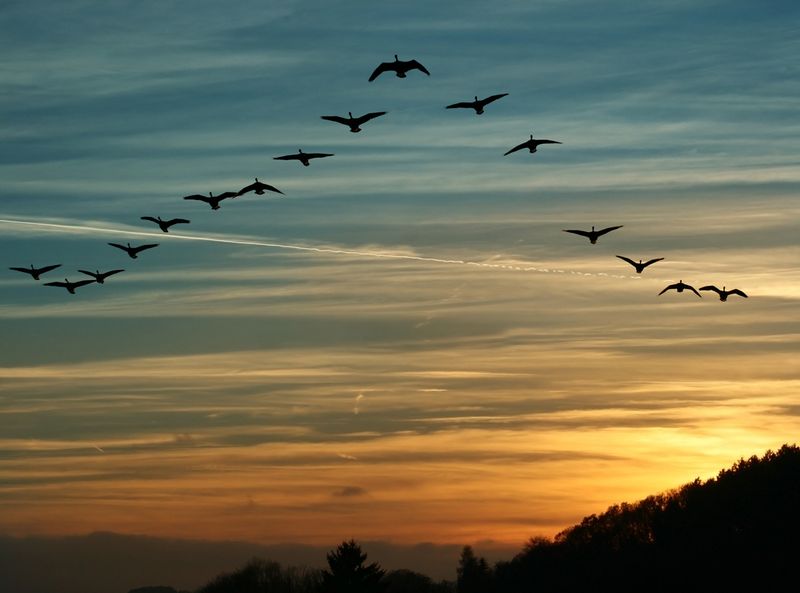
Migration is a defining characteristic for many bird species. Geese, for example, migrate in distinctive V-formations, a pattern that is both efficient and recognizable.
This seasonal journey is crucial for survival, requiring them to traverse vast distances. The V-formation not only conserves energy but also serves as a visual cue for other geese.
As they fly across continents, these formations are a testament to their identity and resilience. Fellow geese can easily spot their cohorts in flight, ensuring that they stick together during their epic migrations.
Alarm Calls

In the avian world, alarm calls are vital signals of danger. Sparrows, for instance, possess distinct alarm chirps that alert their flock to threats.
These sounds are sharp and urgent, carrying through the air to warn others. Every sparrow recognizes this call, a universal signal of immediate danger.
By responding quickly, they demonstrate the effectiveness of these calls in maintaining flock safety. Such vocal alerts are critical for survival, ensuring that every member is aware of potential predators and can take immediate action to evade them.
Mating Dances
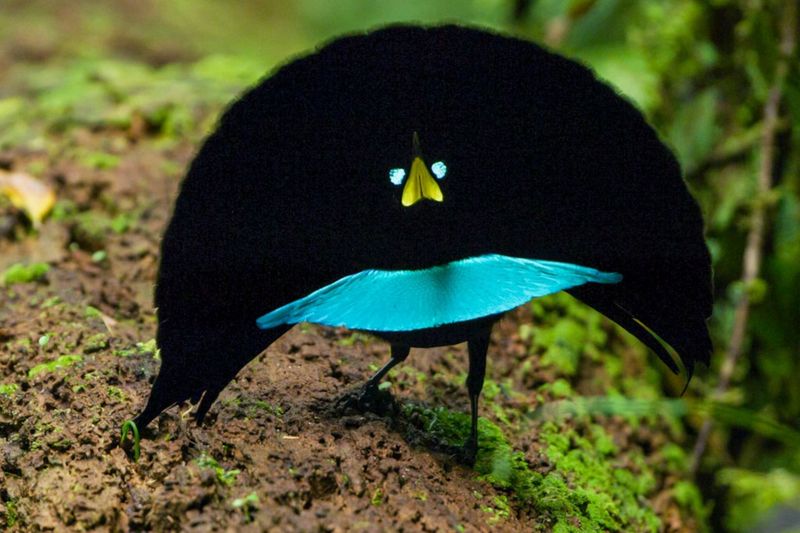
The bird of paradise is famous for its elaborate mating dances, an art form in the avian world. These performances are vibrant displays of color and movement, captivating any observer.
Each dance is unique to its species, a coded message in the language of love. The intricate choreography serves as both attraction and identification, ensuring only the right mate responds.
These dances are a testament to the bird’s identity, showcasing the beauty and complexity of nature’s designs. The rainforest echoes with these performances, a stage for nature’s most dramatic dances.
Territorial Songs

Robins are known for their melodic territorial songs that resonate through blooming gardens. These songs are not just about claiming space; they are declarations of identity.
Each note is carefully crafted, serving as a deterrent to rivals and an attraction to potential mates. The robin’s song is unique, a signature that echoes its presence in the garden.
Territorial songs play a crucial role in maintaining social order, helping robins recognize each other and respect boundaries. The garden becomes a symphony of these melodies, a testament to the robin’s identity.
Wing Flashes
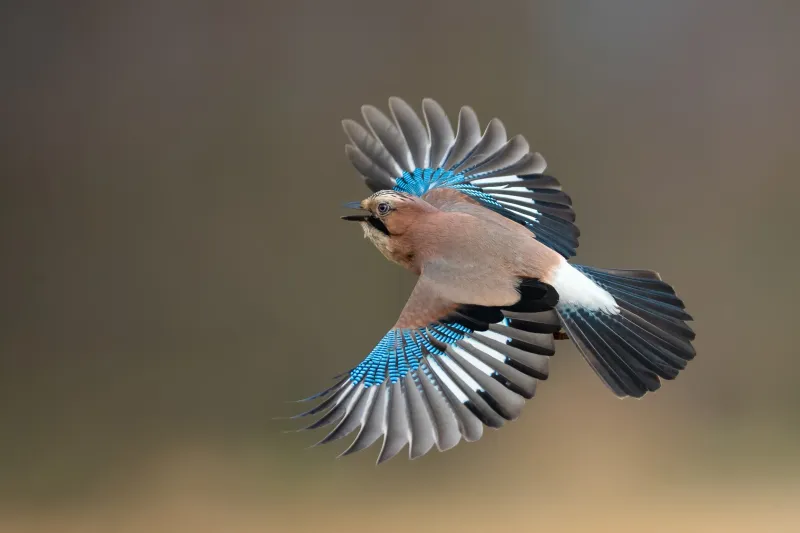
Jays utilize wing flashes as a means of communication. When a jay spreads its wings, it reveals vibrant patterns that are unique to its species.
These patterns are visual signals, creating flashes that can be seen from a distance. Such displays are not just for show; they are crucial for in-flight identification.
In bustling forests, these flashes help jays recognize each other, ensuring they remain within their social groups. It’s a dynamic process, blending flight with communication, highlighting the intricacies of avian interactions.

